INTERSTELLAR Decoded: Mythical Space in Nolan’s Sci-Fi Epic
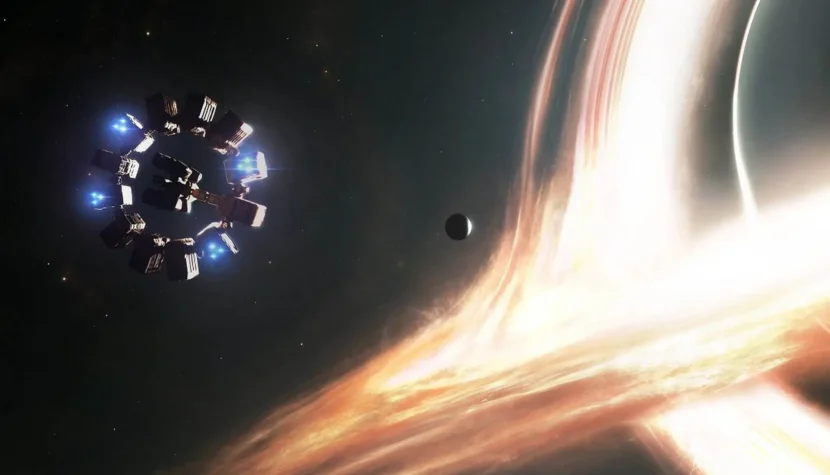
Spoiler Alert!
Some view it as an intriguing story about love, while others see it as a pretentious work based on simplified principles borrowed from various sciences. It’s amusing that suddenly everyone appears to be an expert in two fields: astrophysics and quantum physics. I decided to take a different approach – I will try to interpret Interstellar as a foundational myth.
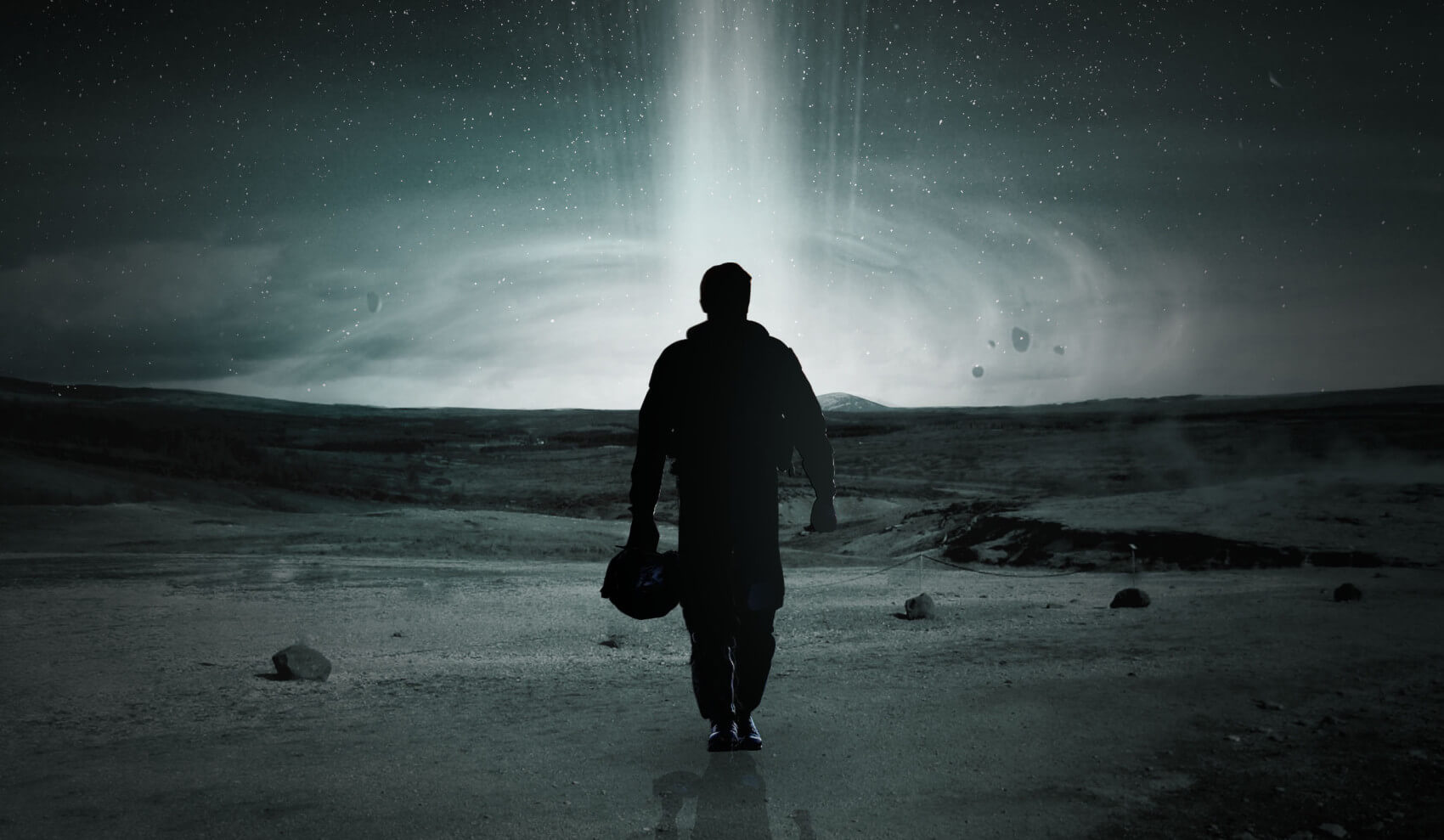
First of all, I must emphasize one thing – I believe there is such a thing as the mythology of mass and popular culture. Here, stories based on the hero myth dominate. Examples include superhero films like The Avengers or Iron Man. Of course, there are deconstructions of this, such as Nolan’s trilogy starring Batman. There is a lack of interesting implementations of the foundational myth because it’s much more common to save the world from some catastrophe (e.g., by drilling holes in an asteroid or sabotaging alien ships) than to create a new one. Christopher Nolan came to the rescue with Interstellar, which is a variation on the foundational myth. Here, we have a group of people sent to find new habitable territories. Their task will be to settle on a new planet, but before they can do that, they must get there, find the right place, and perform an act of cosmogony. This is the schematic narrative structure of a foundational myth.
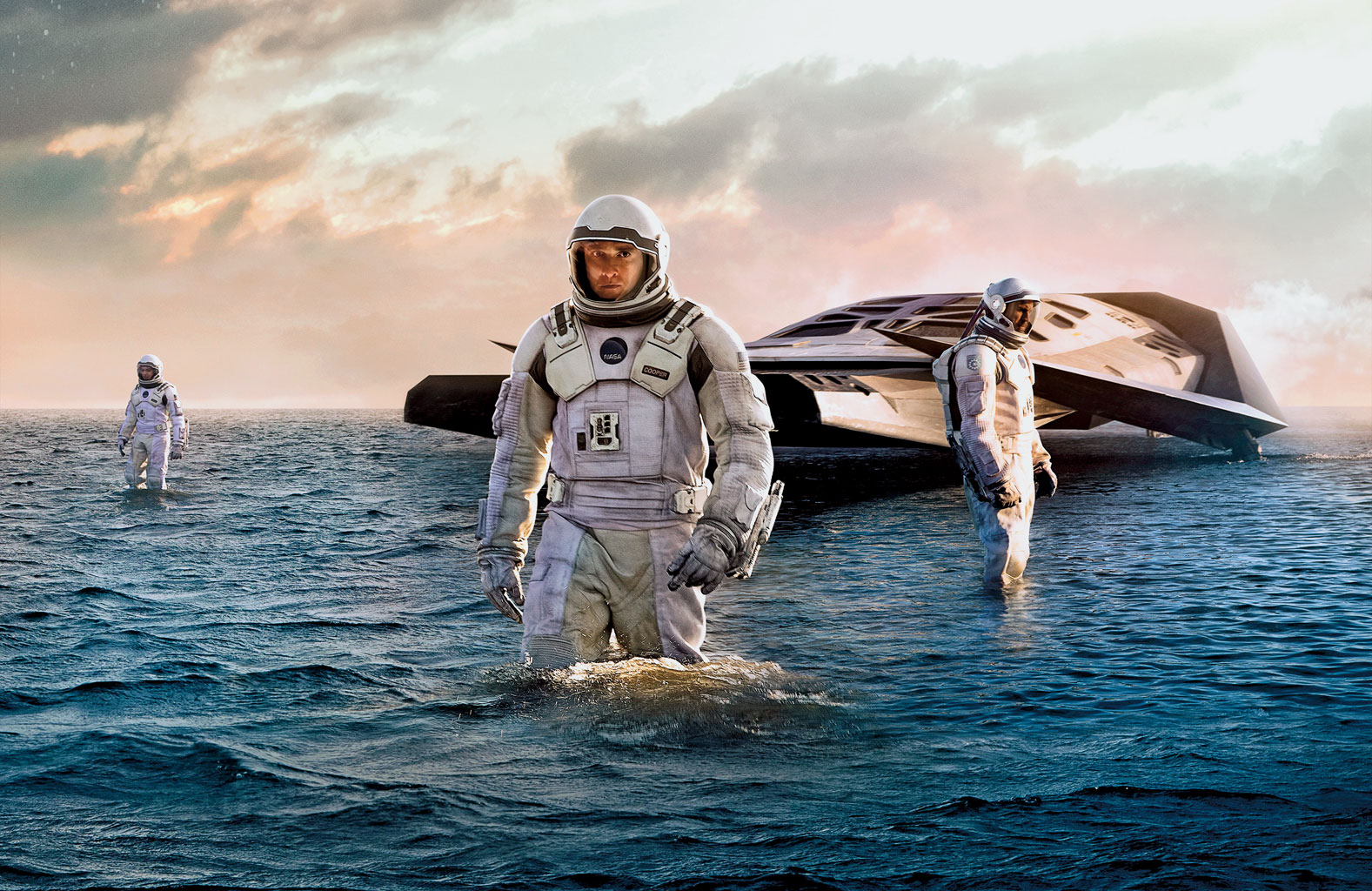
It can be divided into at least two types – the founding of a city and the creation of the world. The common foundation remains cosmogony, which involves creating the Cosmos, a place that is orderly, known, and wrested from the rule of Chaos. In his book The Sacred and the Profane, Mircea Eliade writes about the act of cosmogony, stating that for archaic societies, anything that is not ‘our world’ is simply not ‘world’ at all. However, this function appears in all cultures. Examples include all sorts of legends about the founding of a nation, as well as the stories provided by Eliade about the conquest of lands by Spanish and Portuguese conquistadors, who sanctified the territory by planting a cross. Today, due to the lack of unknown territories that require incorporation into a culture, cosmogonic elements seem to be in decline. However, the example of Interstellar suggests that they can serve as an interesting foundation for artistic work.
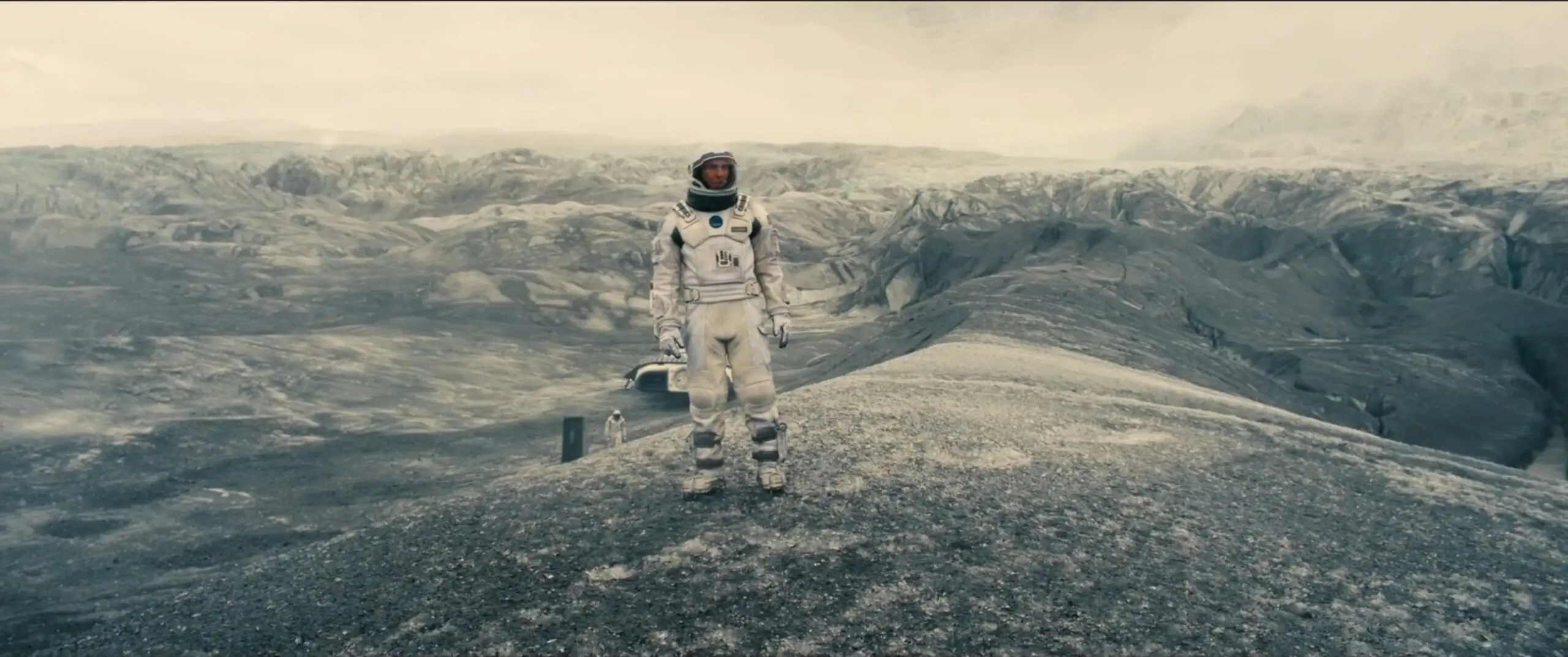
The use of mythological poetics, thus looking towards a grand narrative, causes significant changes in the presented world. The characters, in particular, deserve attention, as they are typified based on their skills. And that’s exactly what the characters in the film are like – each one has a different skill, so their attribute, the unique feature distinguishing them from others, is Knowledge. For Cooper (Matthew McConaughey), it’s piloting skills, and for Brand (Anne Hathaway), it’s knowledge of biology. Similarly, the people left on Earth have talents. Murph’s (Cooper’s daughter) talent is the ability to connect facts and a perfect command of quantum physics. This typification of characters may make them one-dimensional and assigned exclusively to a specific function. But entering the poetics of the foundational myth requires this, and in my opinion, it is a use of convention, so it’s hard to treat this element as negative. For me, Interstellar is, therefore, a well-constructed story about cosmogony.
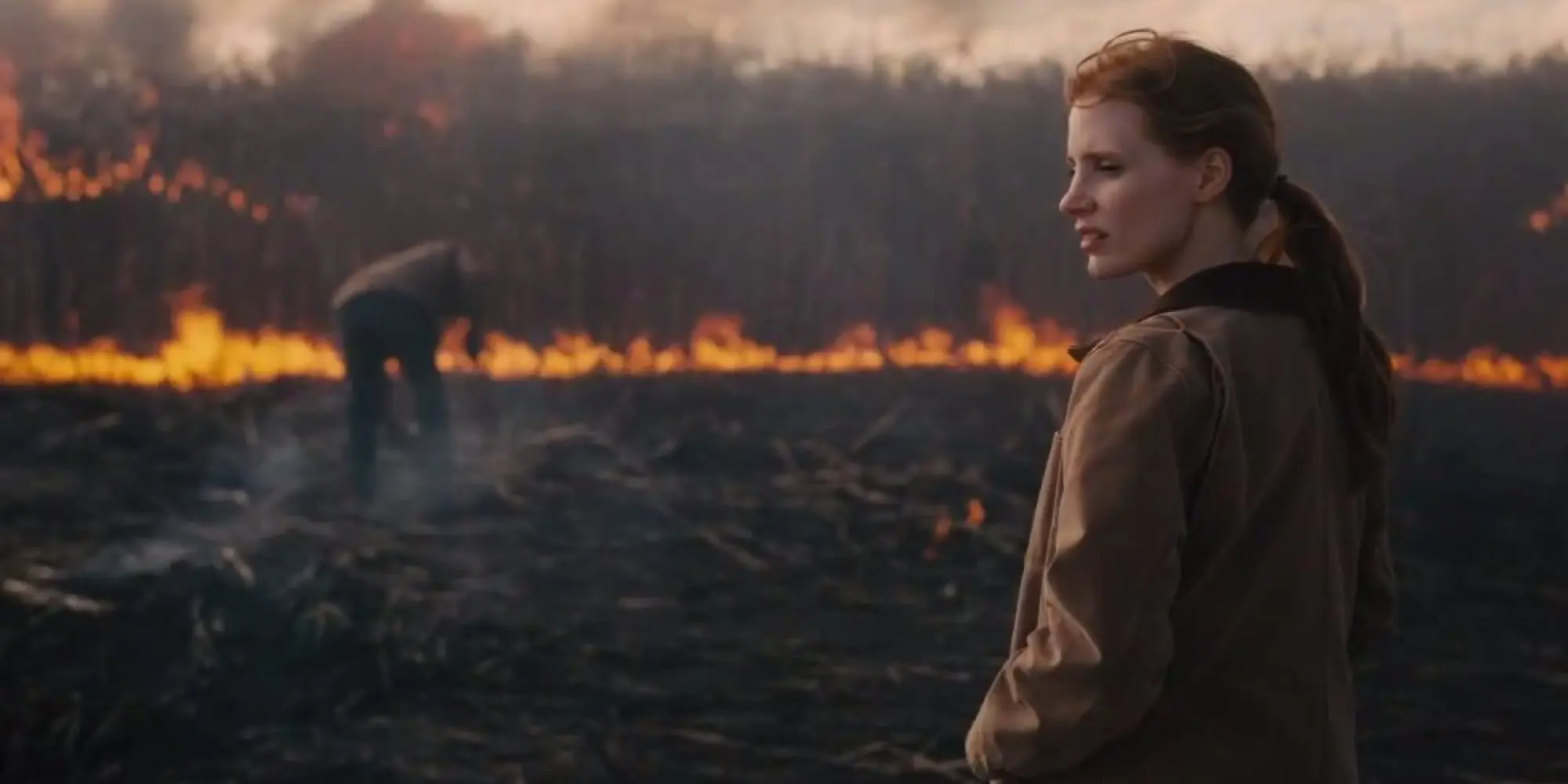
However, I don’t want to focus on the characters or the journey aspect itself. What also interested me in Interstellar was the way Christopher Nolan uses various types of mythological spaces. I see three types in the film: the Space of Escape, the Space of Suspension, and the Space of New Cosmogony.
Space of Escape
The characters escape from Earth, the planet where human civilization developed. A post-apocalyptic element is employed here, which Christopher Nolan consciously does not develop, as the film’s theme is not about leaving the planet but searching for a new Earth. However, this suspension, the lack of clear causes for Earth’s degradation, is very intriguing. It marks the beginning of the characters’ journey and simultaneously indicates the transformation of the Cosmos into Chaos. On Earth, a reversed cosmogony is underway – the lack of order slowly destabilizes human society and makes life impossible. The area that was once safe is now plagued by sandstorms, plant diseases, and famine. The Earth, in a very ungracious way, is expelling its inhabitants.
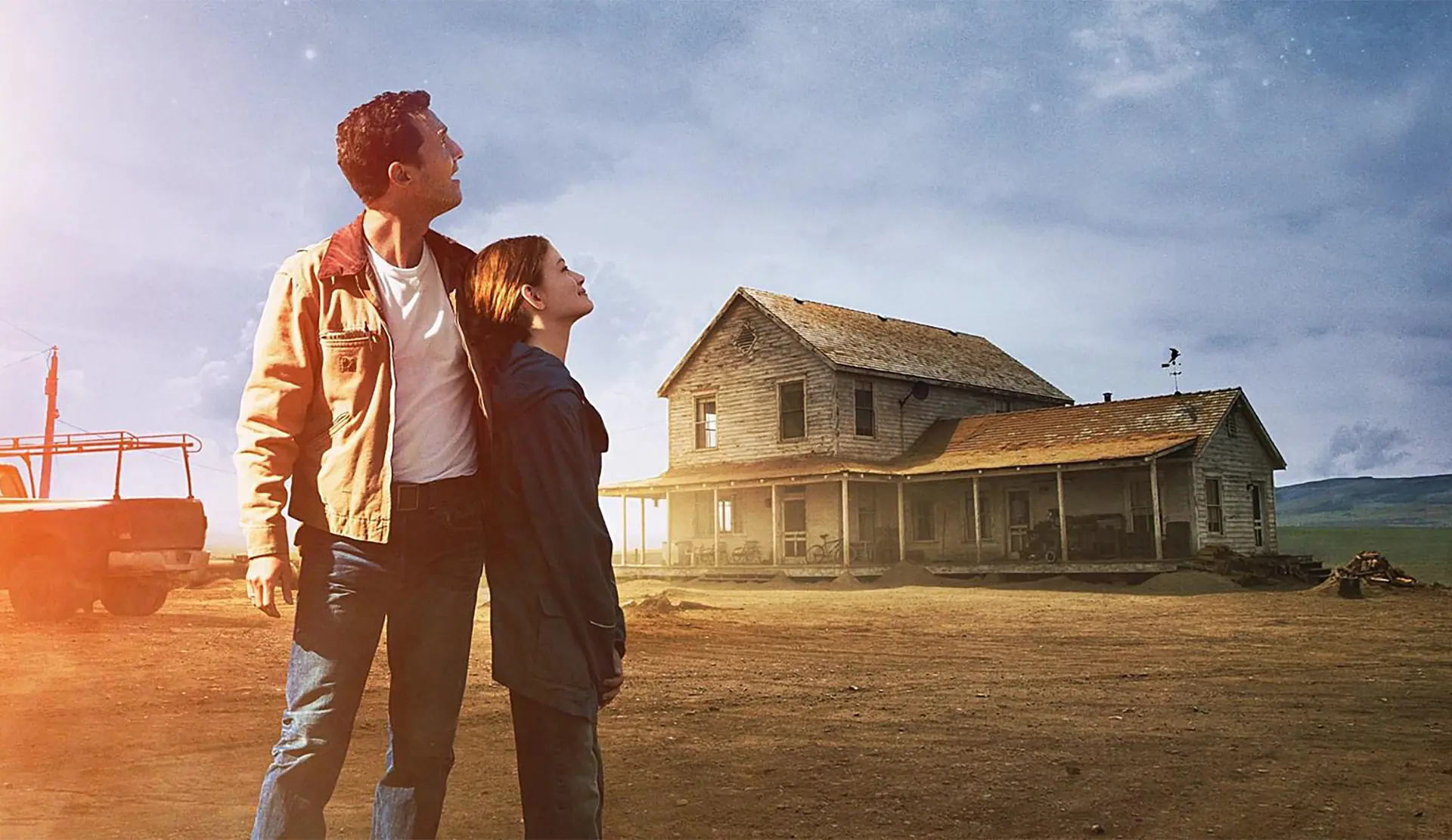
Already here, metaphysical themes emerge, culminating in one character’s words about how humanity’s destiny is not to die but to leave Earth, that this was the purpose of civilization’s development. This reminds me of fatum, known to us all from Greek mythology. Except that this Fate doesn’t affect just one person but the entire species. The inevitability of fate pushes individuals to seek an exit, and the only salvation turns out to be a journey to an unknown galaxy. The appearance of the wormhole is meant to help with this.
The explanation of this mystery is one of the elements of Interstellar. It’s enough to note that it wasn’t opened by aliens or a mysterious divine force. The mere use of the tunnel refers to the idea that the possibility of transcending is expressed through various symbolic representations of an opening. The characters achieve transcendence – they leave the universe they know, but they also advance human knowledge. They have the opportunity to observe a Black Hole, and one of them reaches the singularity itself. Moreover, the force of transcendence, capable of traversing time and space, turns out to be love. The world depicted in the film is devoid of religious elements, so introducing an emotion that motivates the characters’ actions becomes proof that perfectly secular existence does not exist. Some form of sacredness must appear, and in Interstellar, it becomes love. It takes on the form of sacrum, which is confronted with the scientific profanum.

Space of Suspension
The characters spend part of their time confined within a spaceship. During this time, they exist in a state of suspension. First, they are subject to time relativity, which significantly affects their aging process and thus their perception of the world. Second, the spaceship is not natural; it cannot be settled in; it is in constant motion. It does not yield to cosmogony in any way. It’s only a fragment of safe space in the chaos of the universe. It is similar to ships traveling across the oceans. The situation of Christopher Nolan’s characters is reminiscent of what early explorers experienced.
In the seemingly safe spaceship, they experience feelings of loneliness. Locked in a “metal can,” they are dependent on recorded nature sounds. They lack nothing except the view of open space. And here arises an interesting paradox – they can easily leave the ship, but they are aware that outside it, they wouldn’t survive a moment. They are also limited by the resources they brought with them. They only have a certain amount of fuel and food, after which death awaits them. They exist in suspension between life and death – the space of the spaceship doesn’t provide a clear answer to the question of survival. It only guarantees temporary sustenance. However, the spaceship is connected with a very important and often overlooked element.
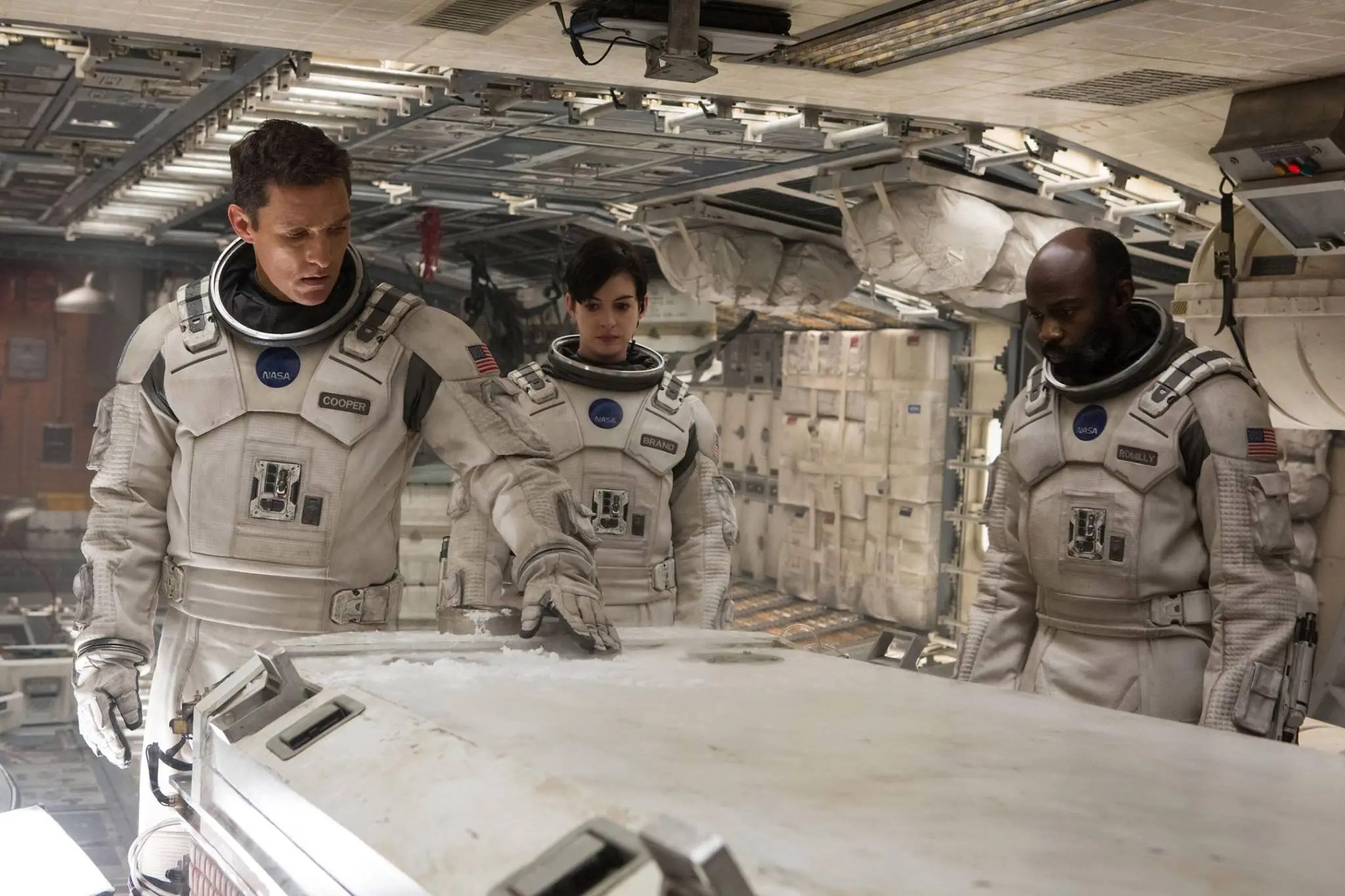
The doors are often forgotten, which indicate the direct and concrete form of abolishing the continuity of space.... Each time the characters leave the ship, it becomes a form of passage, especially when it involves an unknown planet. Until the characters begin to settle, they remain in suspension, as they move between the ship and a specific planet – they are constantly in motion, transitioning between different spaces. Cosmogony requires stability because it opposes the dynamic chaos.
Space of New Cosmogony
Let’s start with the space station that viewers see towards the end of the film. This is not a sanctification of the universe but the construction of a more stable piece of the world than the spaceship’s space. The station system, allowing survival in space, is something between two spaces – Suspension and New Cosmogony. The first concerns the spaceship, and I think it can be extended to other human-made objects that provide temporary safety. The second concerns settling on a new planet, which is also accomplished.
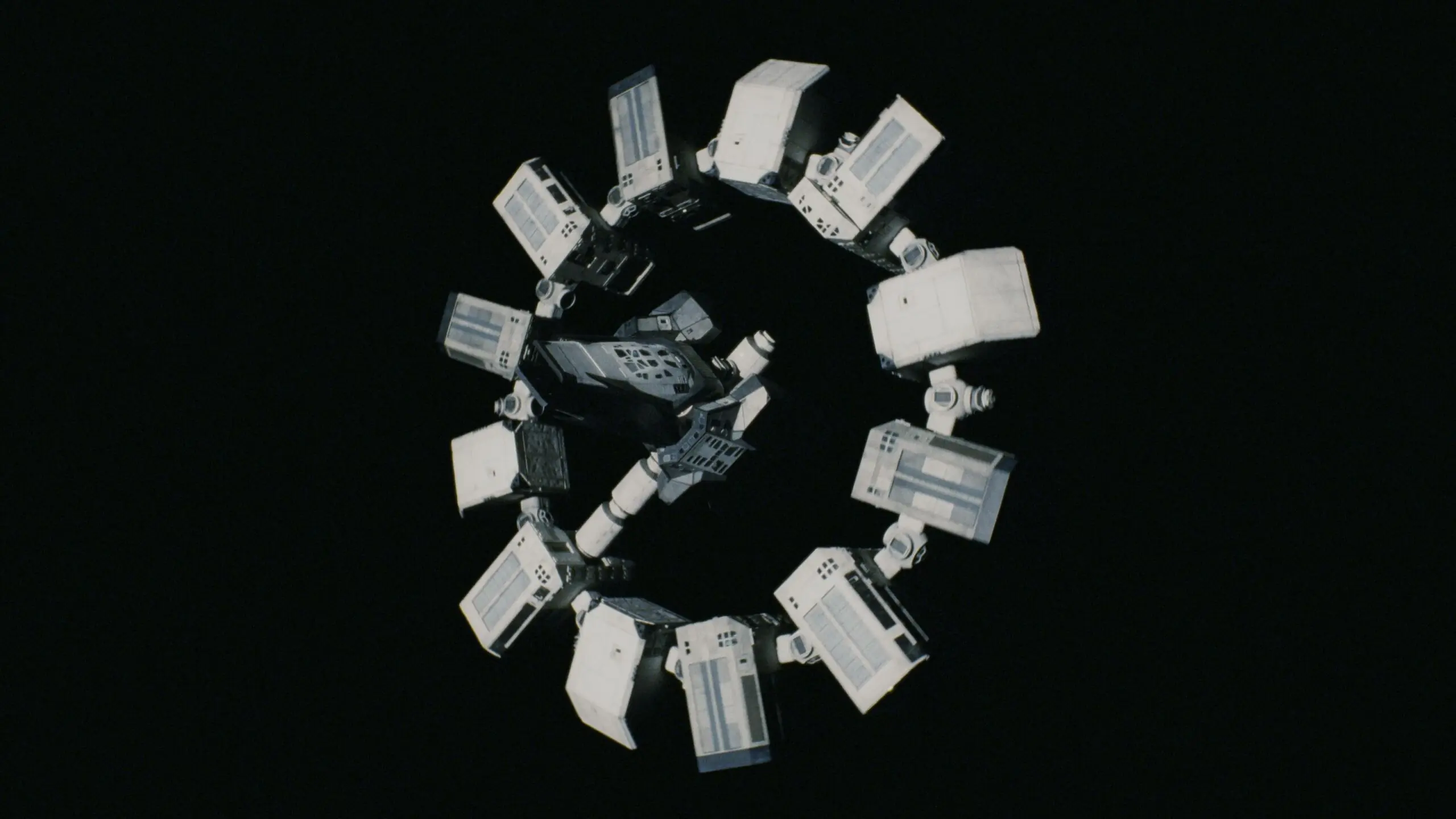
Simply settling in a certain area is the same as consecrating it. Establishing a colony is a form of cosmogony, and that’s exactly what Brand does by setting up tents, laboratories, and preparing to start the process of colonizing the chosen planet. However, to establish a new world, one more thing is needed – hierophany, the intrusion of the sacrum into the sphere of profanum. This occurs through the sign sought by humanity, which would put an end to the tension and anxiety born of helplessness, a sign that would establish a fixed point.
In Interstellar, there are many such signs. Certainly, one series of signs is the information transmitted by Cooper to his daughter when he reaches the Black Hole. Here, the power of love becomes crucial, enabling Murph to perceive the transmitted information and make use of it. However, there are also signs related to the profane realm—these are the signals sent by scientists who found themselves on planets potentially suitable for colonization. Mircea Eliade emphasizes the need for a sign, which is so strong that sometimes people begin to create them themselves. This correlates with Brand’s desire to land where her beloved ended up. Again, the power of love is highlighted, guiding Brand to the right place, thus becoming a Sign.
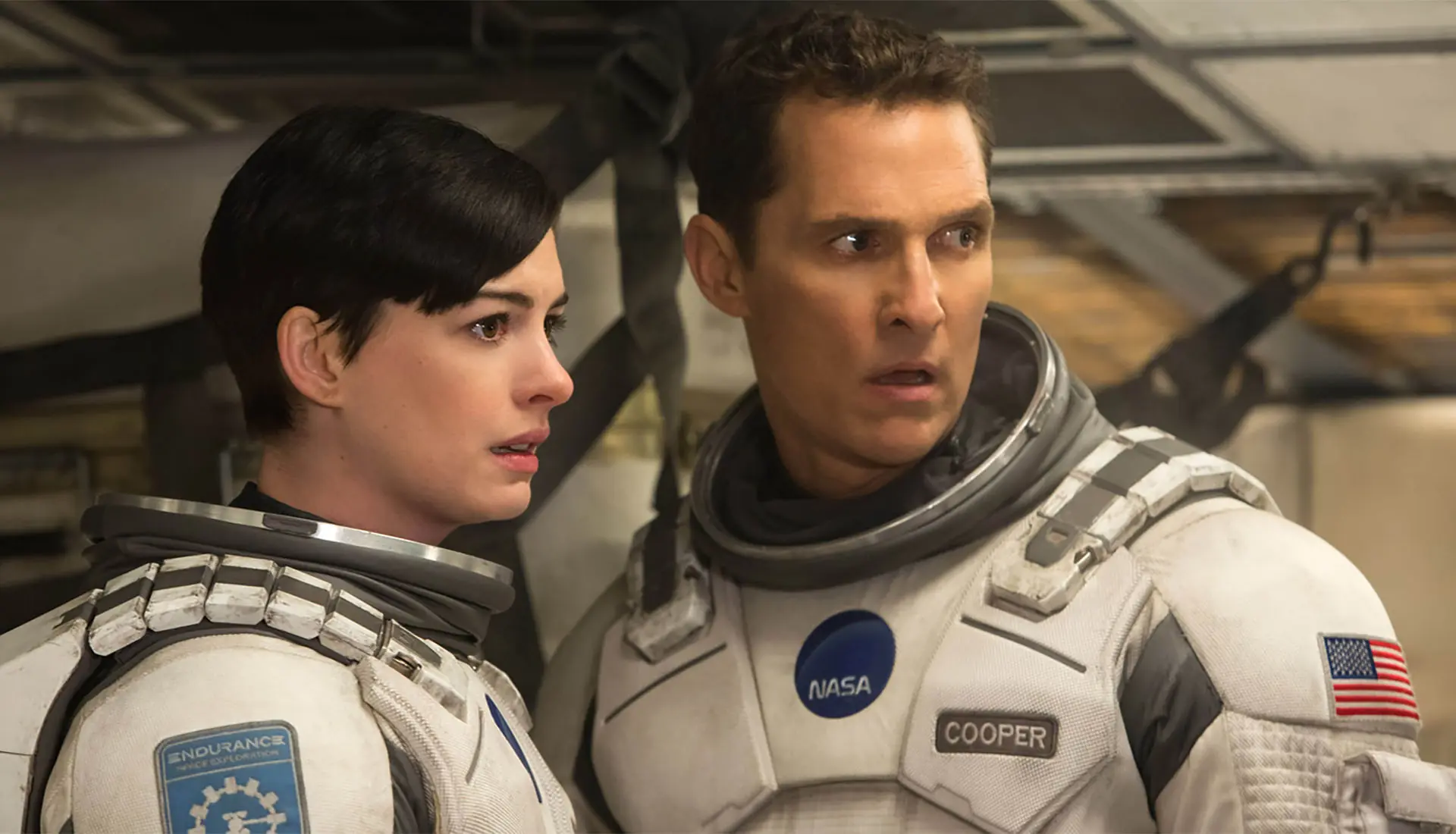
Cosmogony can also be linked to a foundational sacrifice, the purpose of which is to imitate the sacrifice made in primordial times, the sacrifice through which the world owes its existence. The first group of scientists essentially consists of foundational sacrifices. They set out for an unknown galaxy, and their task is to find a planet suitable for colonization. Then they must wait if they find a habitable place, or die if they end up on a more hostile planet. They become the first sacrifices, martyrs, making the survival of the human race possible. The place where they arrived has no earthly culture yet, and is thus immersed in primordial time. Only through cosmogony is cultural time restored.

Settling on the planet chosen through signs and the foundational sacrifices made indicate that Interstellar can be interpreted in the context of a founding myth. The mere fact that it sparks discussion suggests that Christopher Nolan’s film is intriguing, offering something for everyone to latch onto—even if it serves as a basis for interesting criticism. Cultural texts exist not only to amaze us but also to provoke discussion.
Written by Adrian Jaworek

